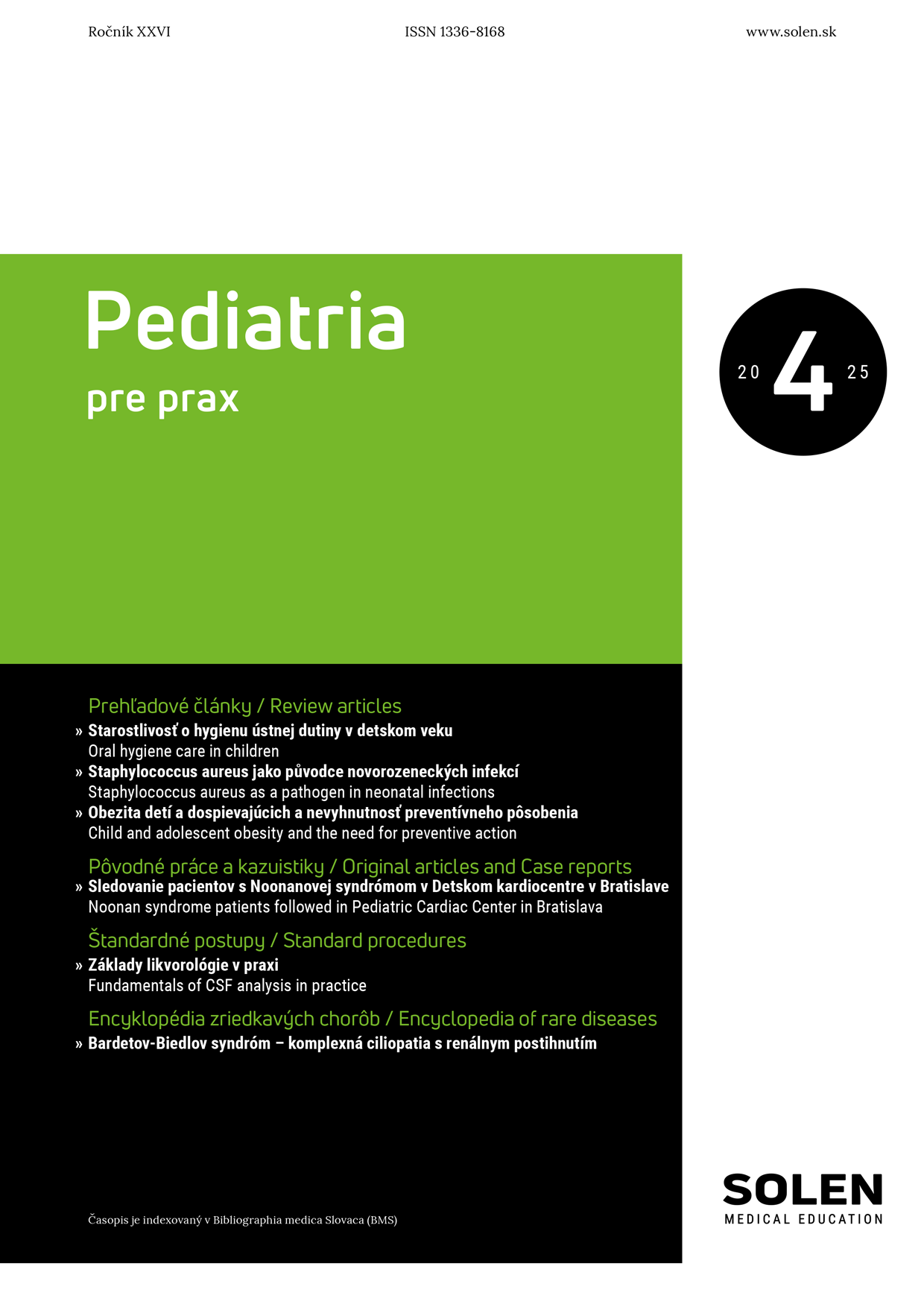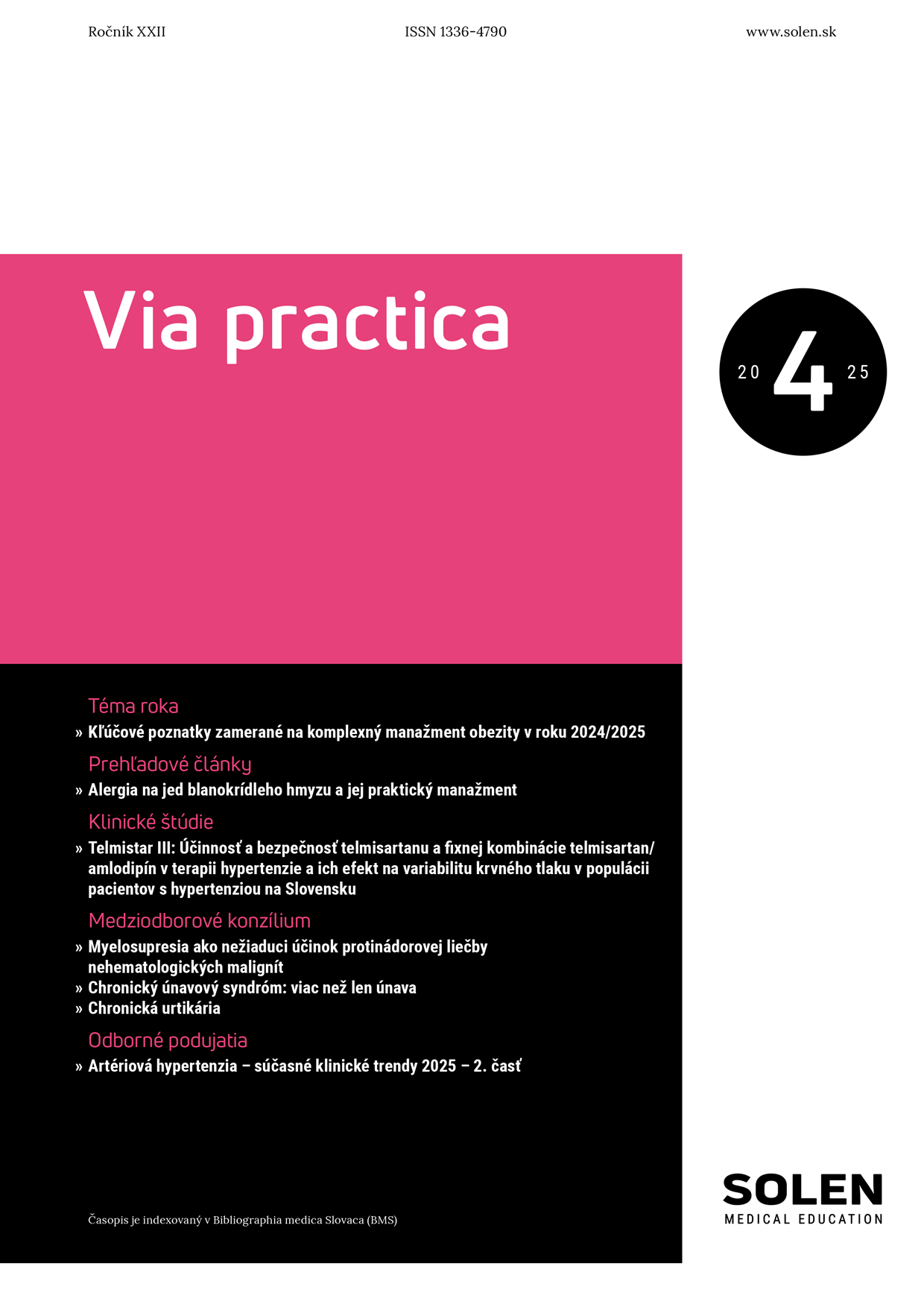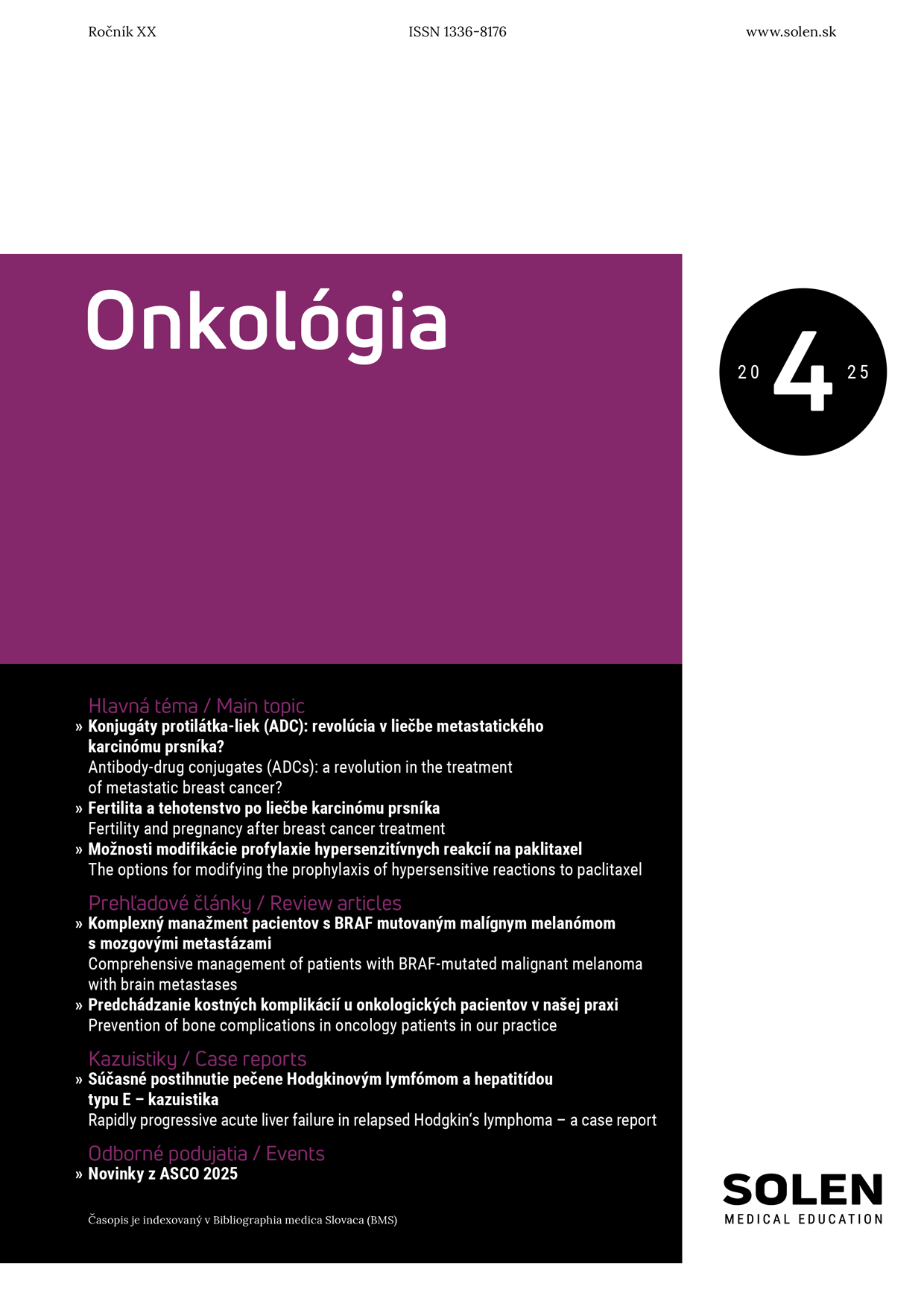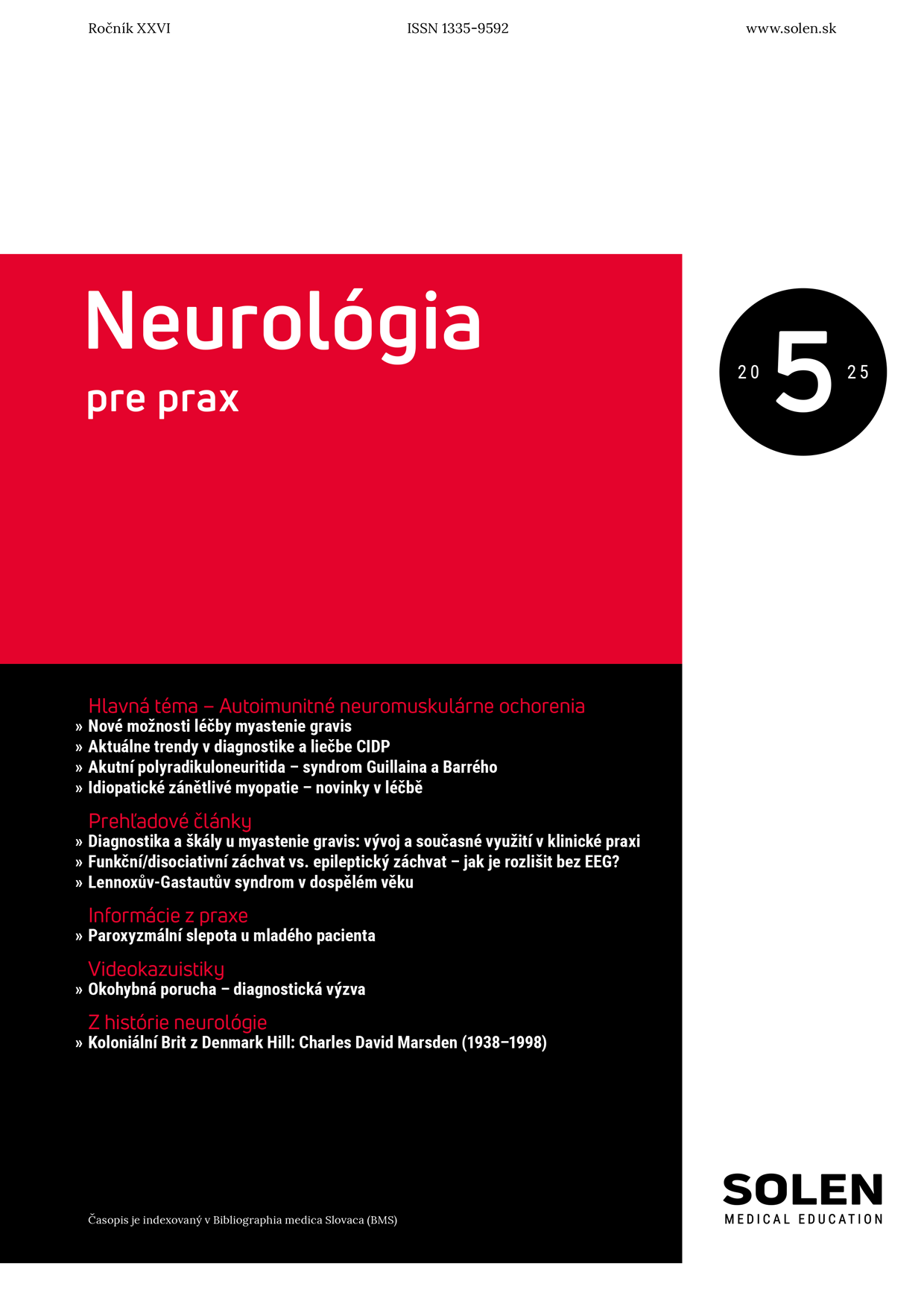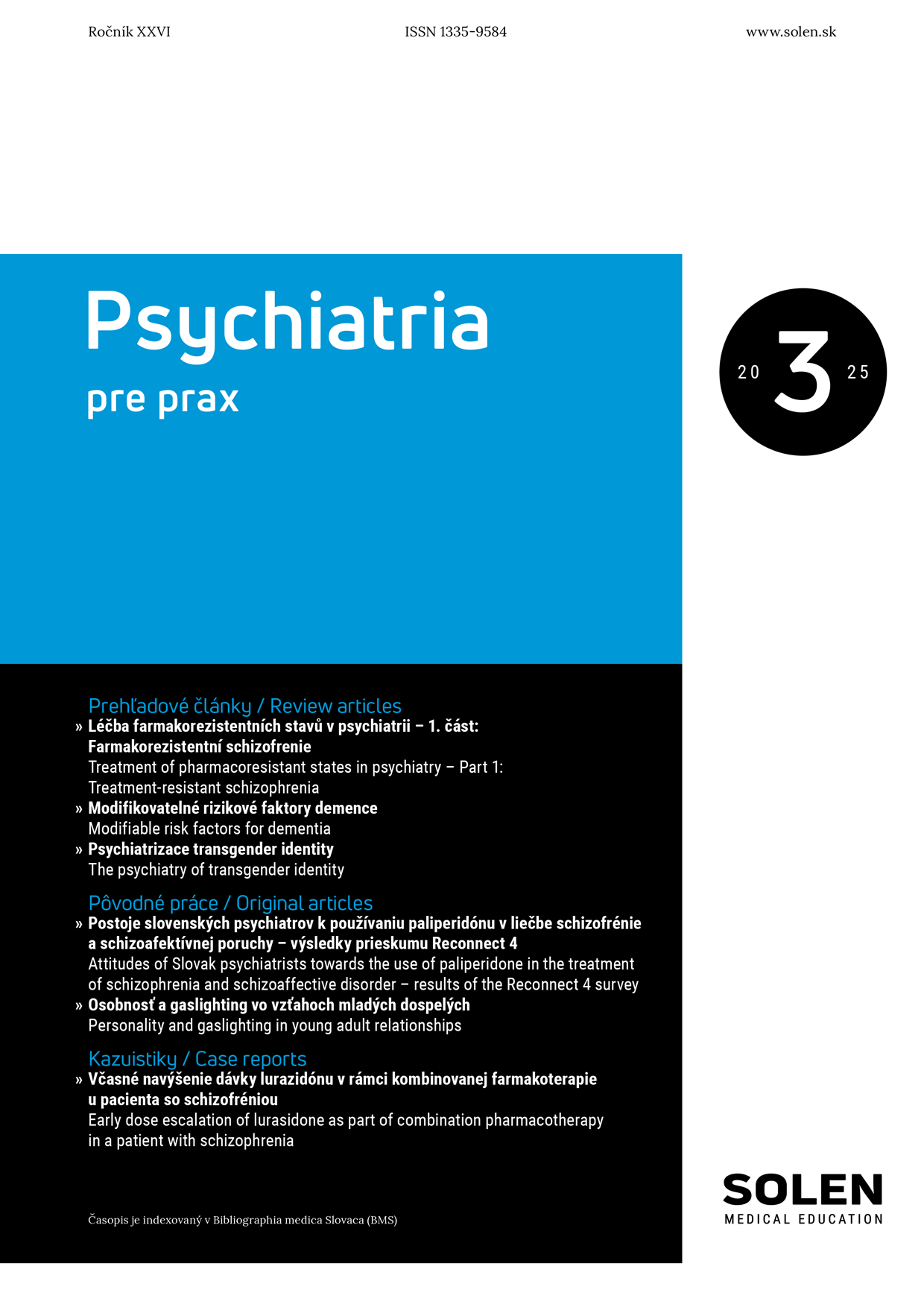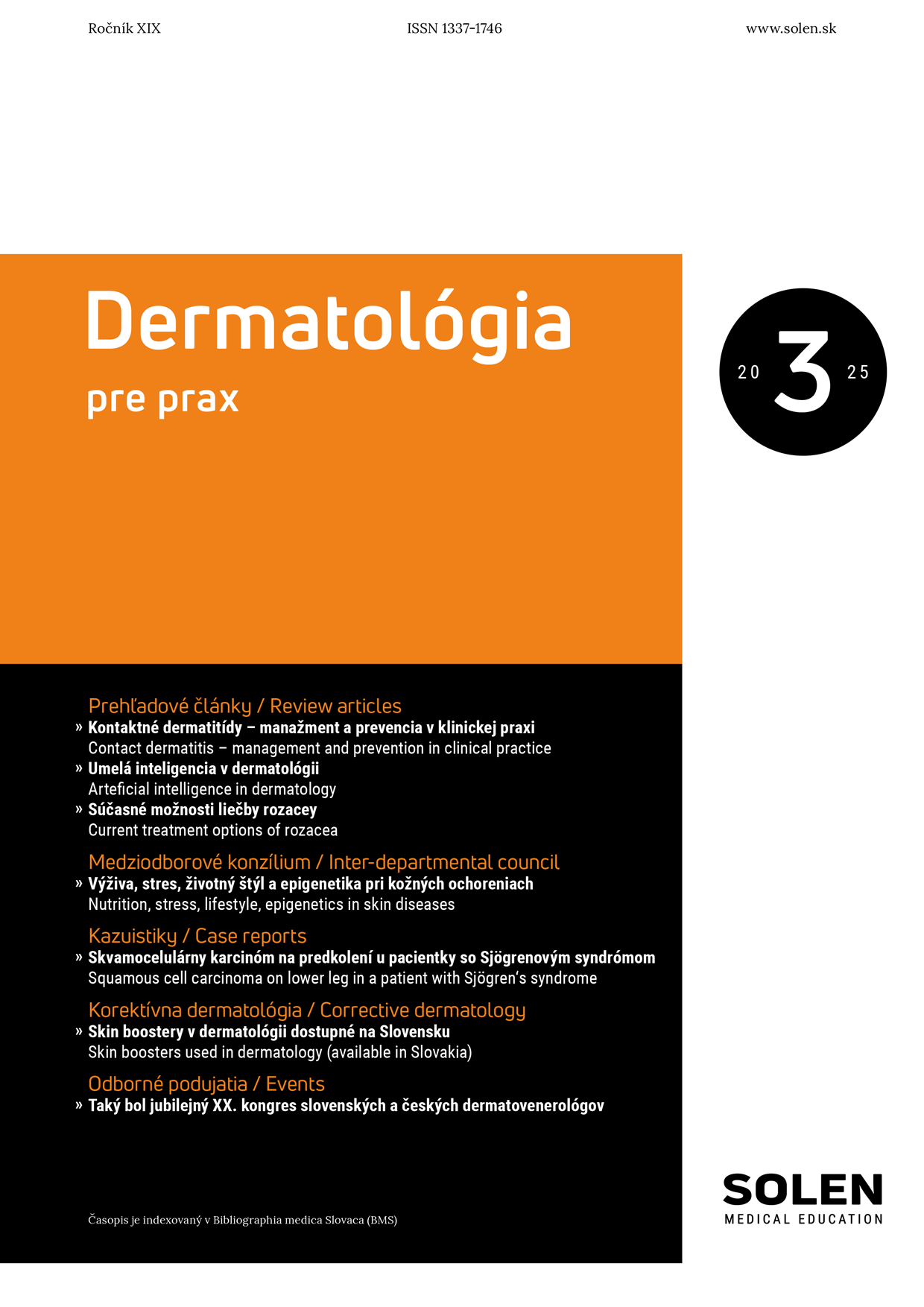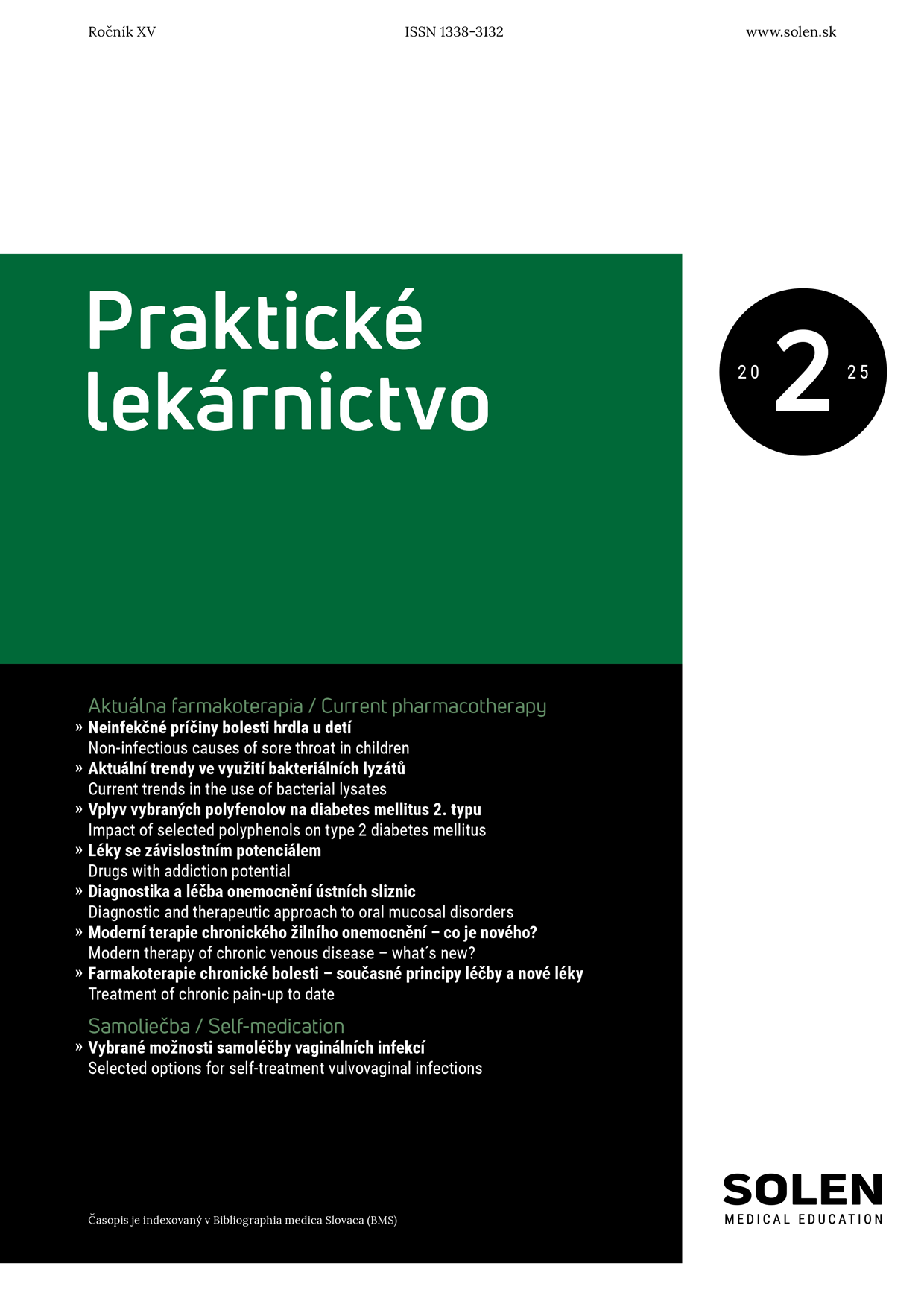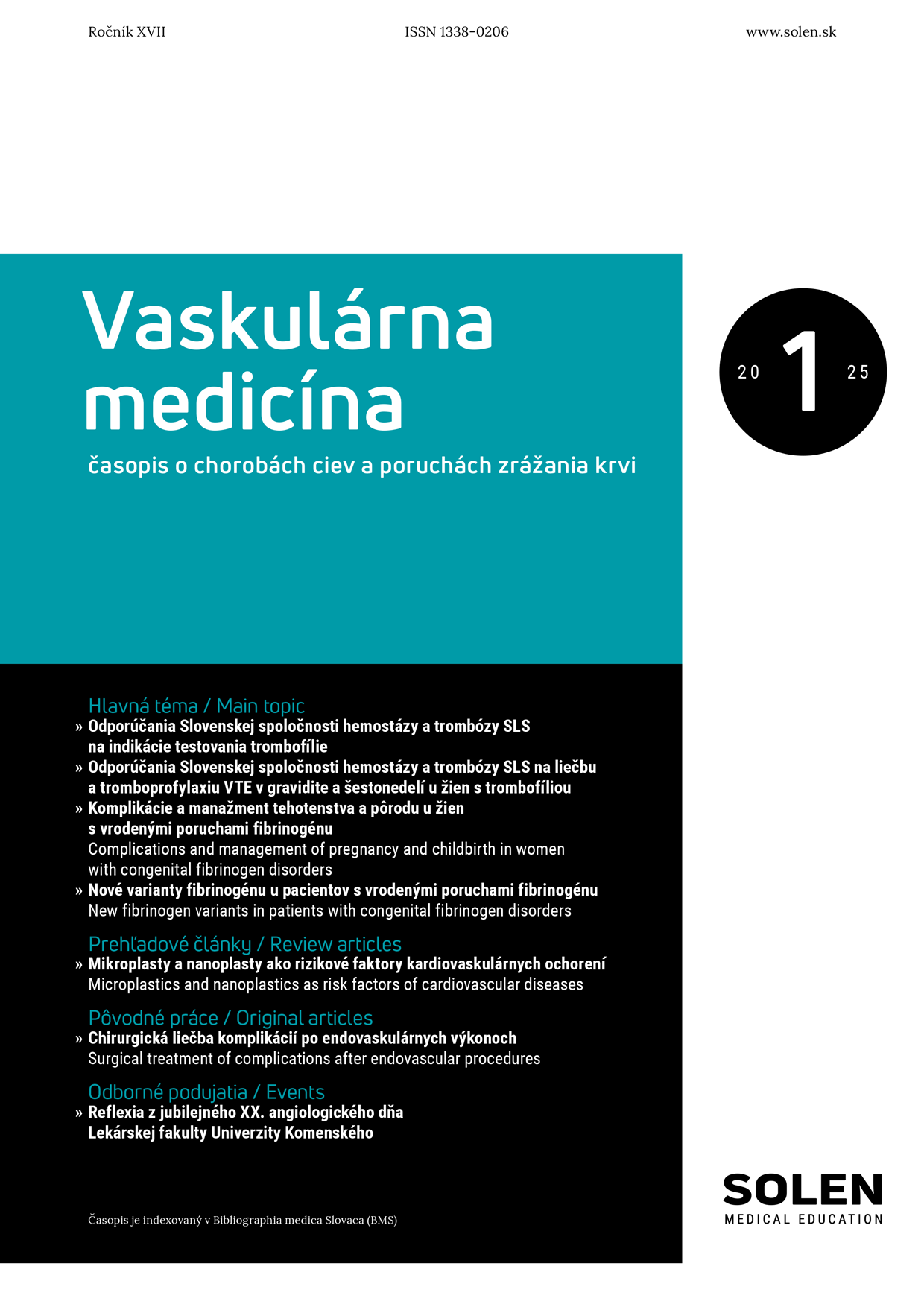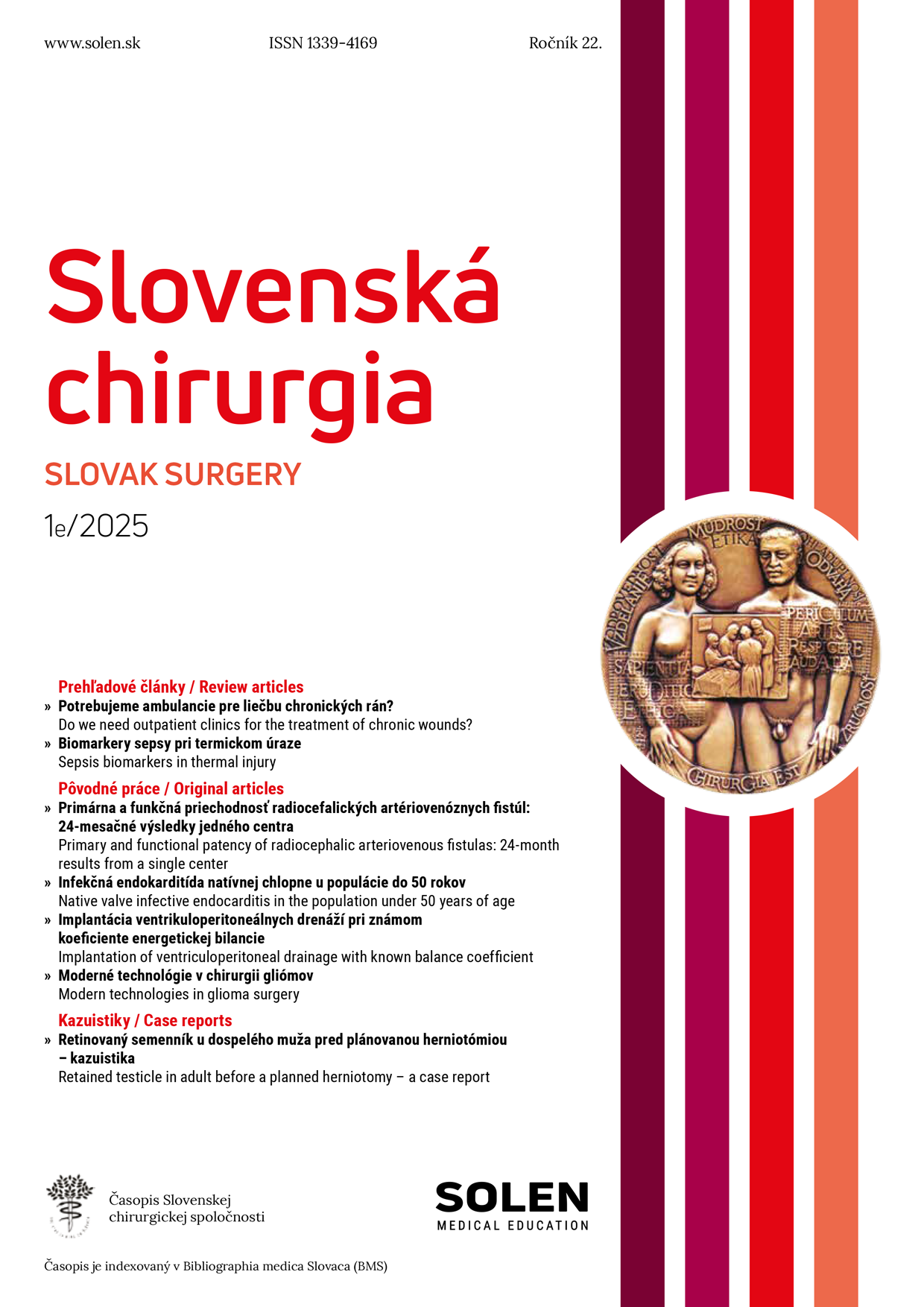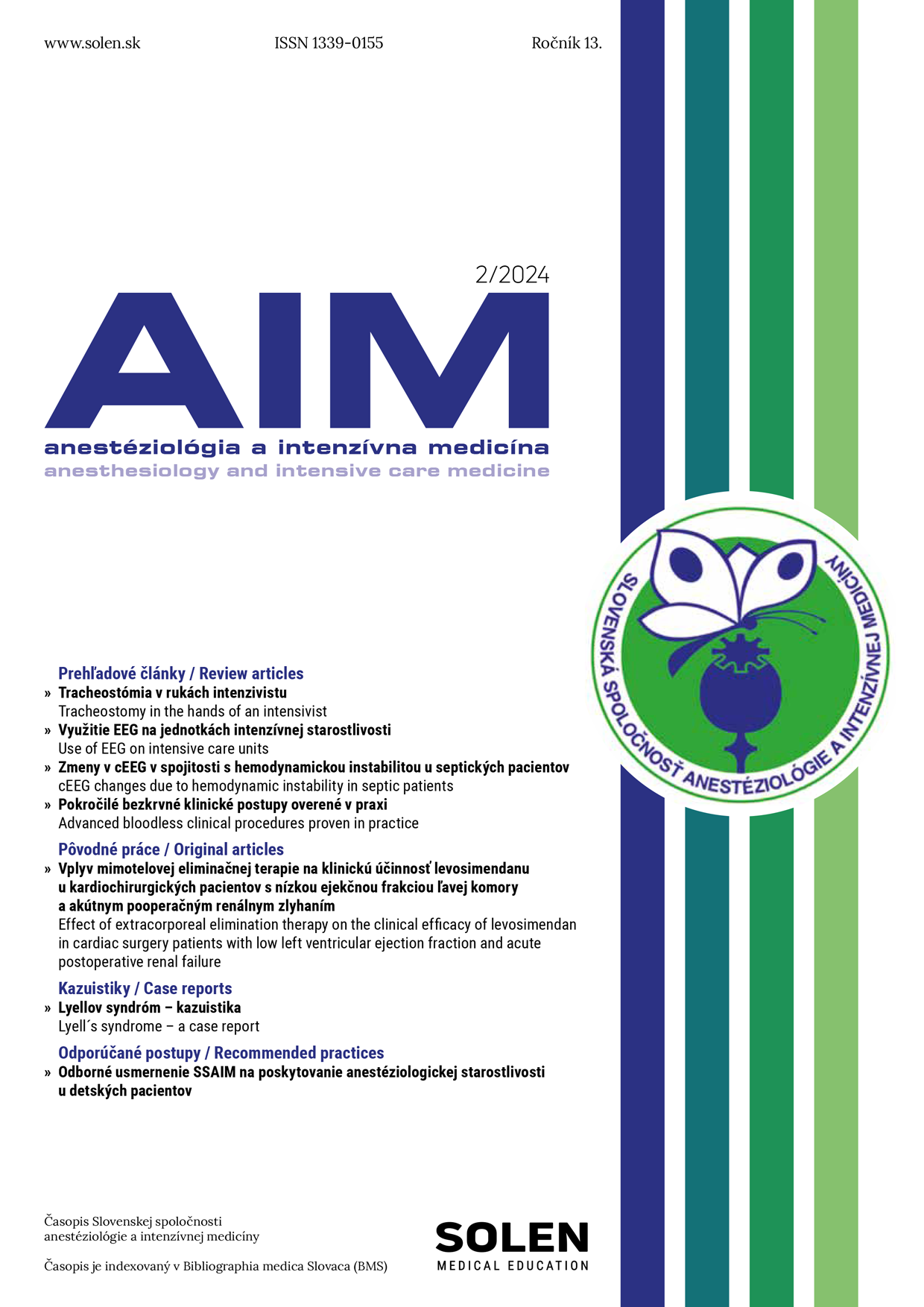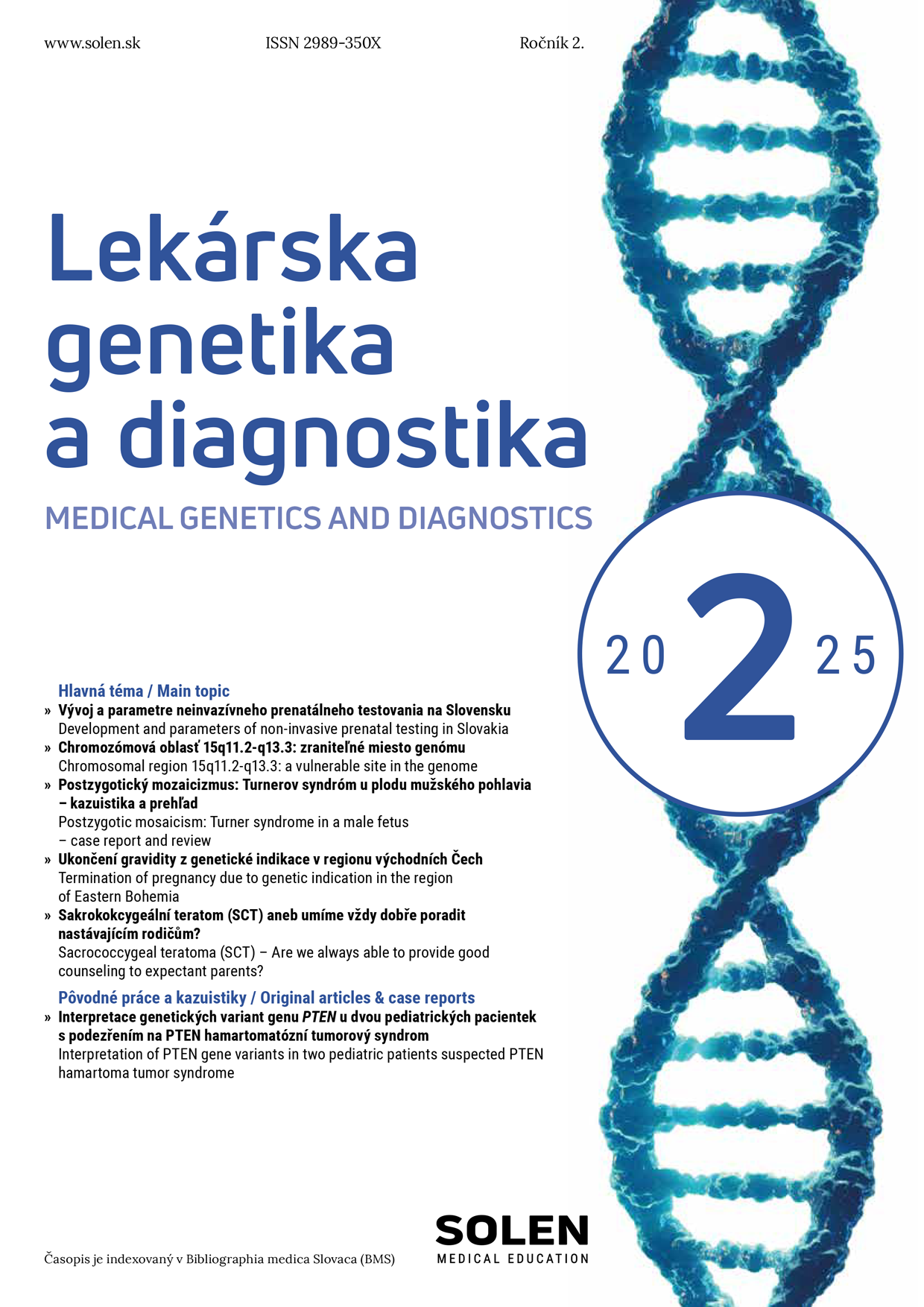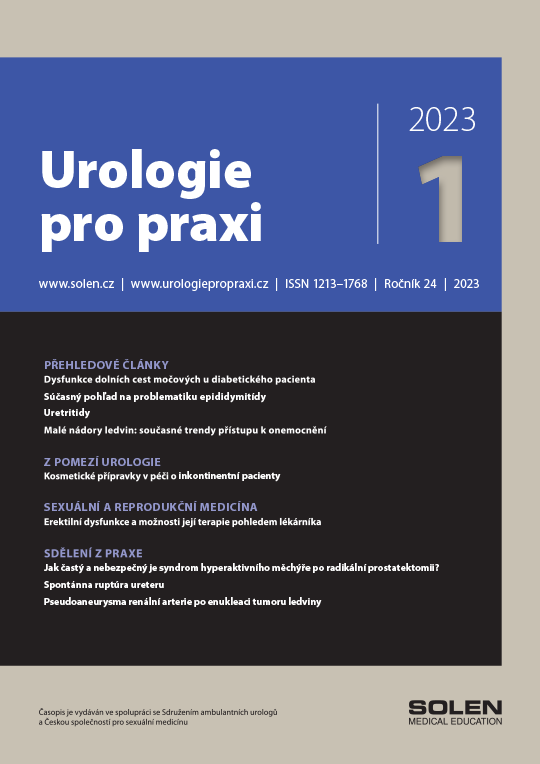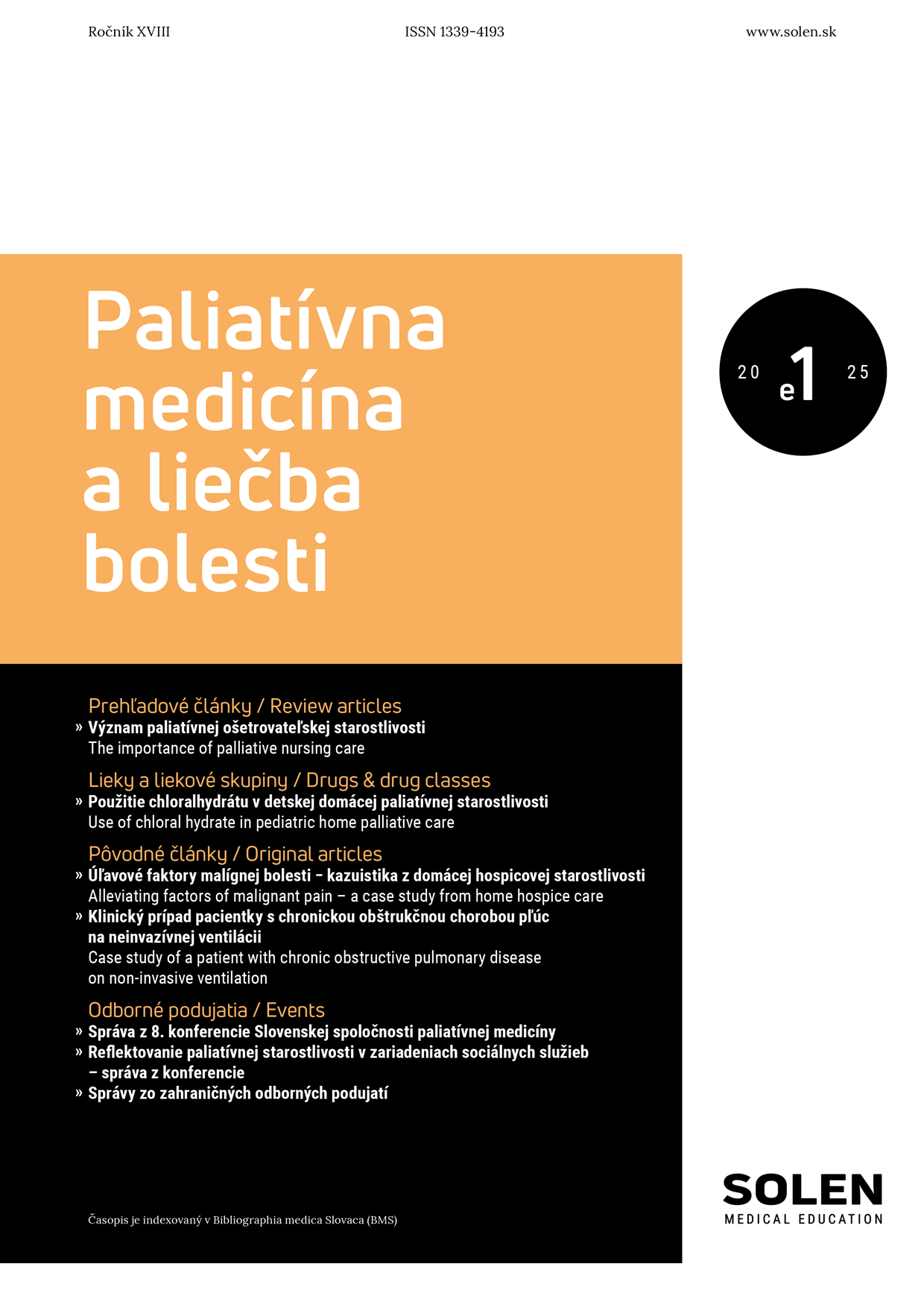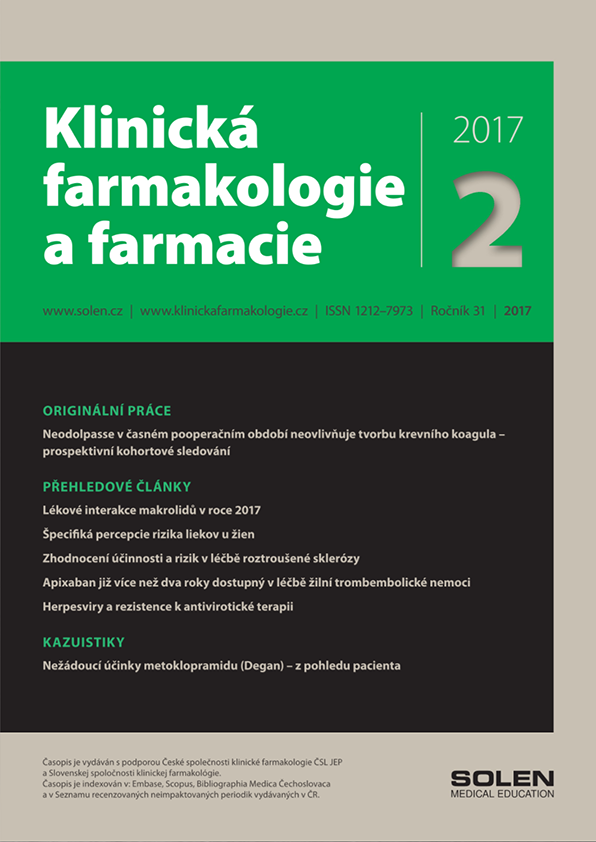Onkológia 4/2025
Prevention of bone complications in oncology patients in our practice
Oncology patients represent a high-risk group in terms of the development of skeletal complications, which arise either as a direct manifestation of bone involvement by the metastatic process or as a secondary consequence of systemic anticancer therapy. The most serious clinically significant complications include bone and osteoporotic changes, which result as a result of treatment-induced demineralization of bone tissue. These complications significantly interfere with the patient‘s daily life, limit his mobility and quality of life, or may even cause him to be in danger. The most common is the limitation of mobility, disability, risk of fractures and, lastly, pain syndrome. Bone metastasesoccur in a significant proportion of cancer patients, especially in advanced stages of the disease. The prevalence of these conditions is closely related to the type of primary tumor, its biological behavior, staging at the time of diagnosis, as well as the chosen anticancer treatment. Solving these problems often requires a multidisciplinary approach, which increases the chance of successfully managing this situation. Oncologists, orthopedists, rehabilitation specialists, dietitians and osteologists should collaborate on the diagnosis and implementation of therapeutic strategies that include not only drug treatment, but also physiotherapeutic interventions, nutritional interventions and psychosocial support. This comprehensive approach ensures not only an improvement in the patient‘s prognosis, but also optimization of his performance status and pain relief, which leads to an overall improvement in the quality of life. Insufficient emphasis on the prevention and treatment of these complications causes an increase in hospitalizations, deterioration of the patient‘ s functional status, the need for opioid analgesia and, in some cases, premature discontinuation of anticancer therapy. The available data therefore emphasize the need for early identification of patients at risk, implementation of osteopenia/osteoporosis screening, and the introduction of appropriate preventive and therapeutic measures as a standard part of oncology care.
Keywords: bone complications, quality of life, mobility, anticancer therapy, multidisciplinary approach


